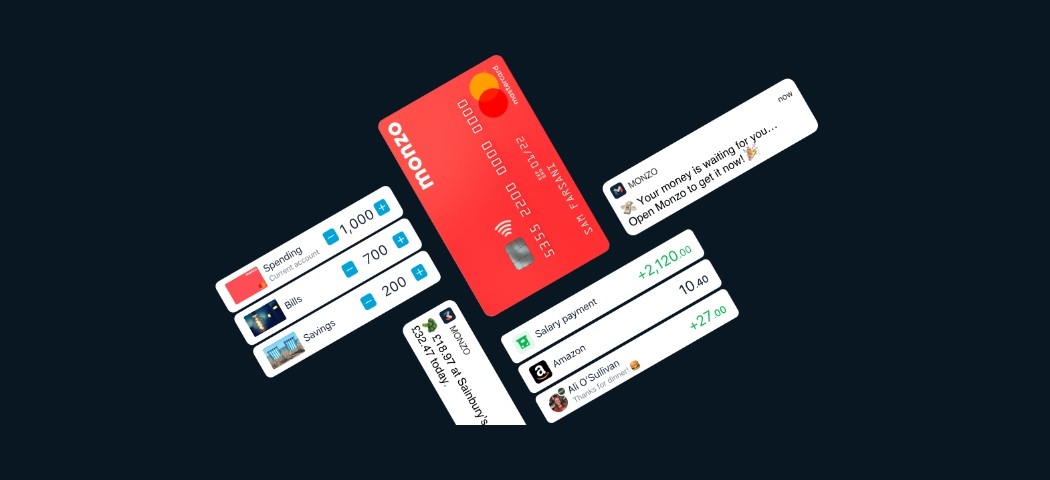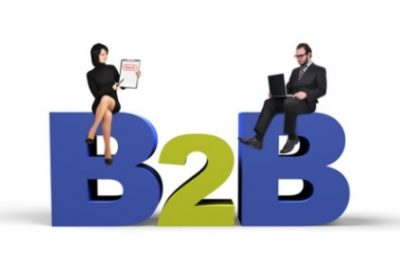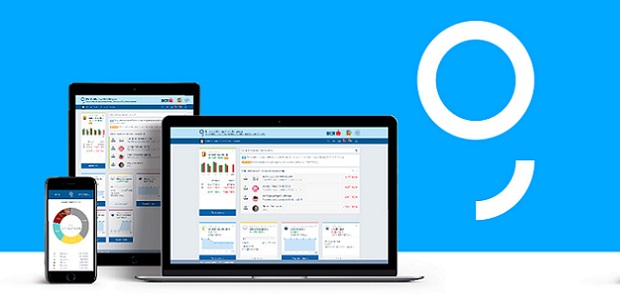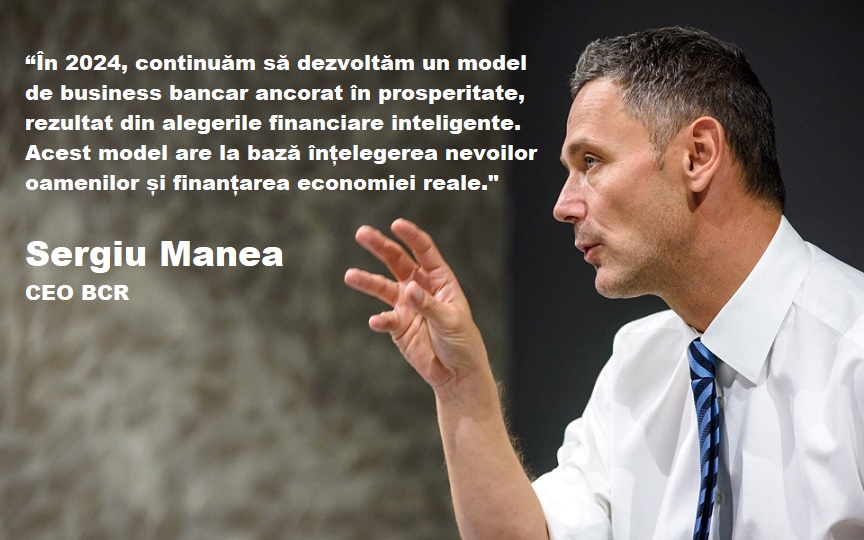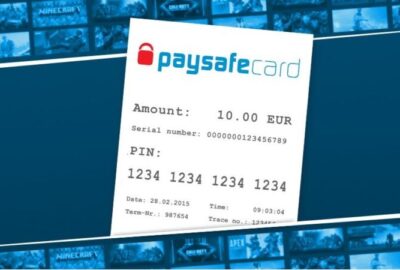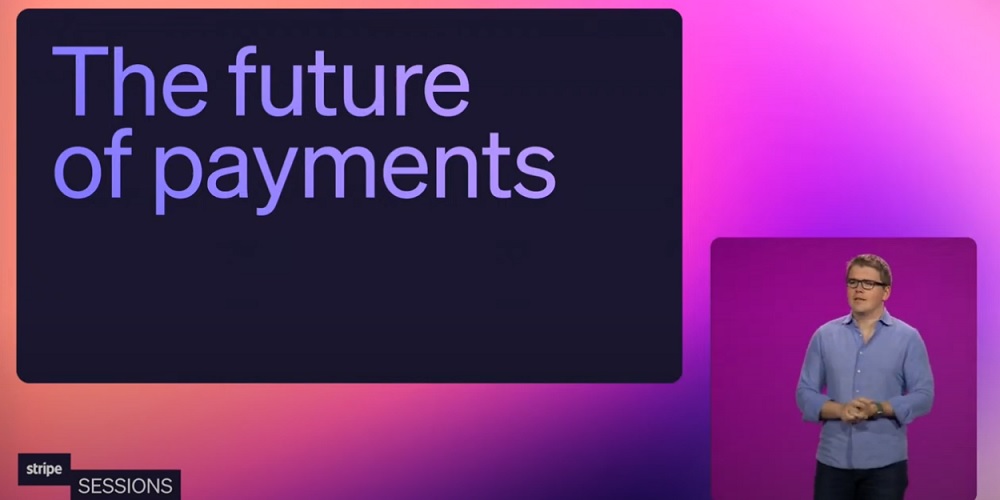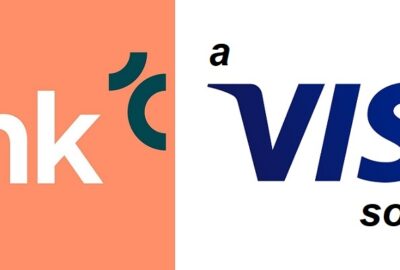Barclaycard launches world’s first contactless self-serve beer pump
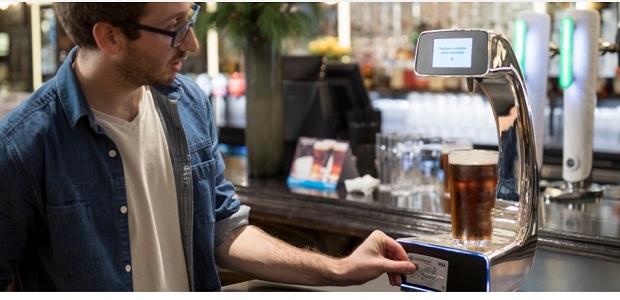
Pay @ Pump has been designed by Barclaycard to help pubs and bars speed up service in response to a quarter of Brits saying that queuing for drinks is the worst part of a night out. Average waiting time at the bar during the festive party season is 12 minutes per order. The first of its kind, the self-pouring beer pump allows drinkers to pour their own pint of ale and pay with a touch of their contactless card or device in just 60 seconds.
How Pay @ Pump works:
1. Order: select your pint of ale via the Pay @ Pump touchscreen
2. Pay: touch your contactless card or device at the base of the pump
3. Pour: place your pint glass at the base of the pump, triggering the drink to dispense automatically following successful payment
With Brits saying the average wait-time for drinks is 12 minutes per order, working out as 35 minutes per person during a festive night out**, Pay @ Pump could help combat crowds and keep the glasses clinking by reducing queuing time at the bar. What’s more almost one in four (24 per cent) of bar-goers have considered abandoning a drinks purchase because of long bar queues and 20 per cent have even left a bar or pub and gone elsewhere when wait times become too long.
Fed up of waiting to be served, almost a fifth (19 per cent) said that they would like to see pubs and bars install contactless beer pumps to help speed up service – indicating that Pay @ Pump self-pouring devices could soon become a reality and allow beer drinkers to “hop” the queue while also relieving busy bartenders during peak times.
Over a quarter of Brits (28 per cent) are also calling for contactless payments technology to be made available in every pub and bar nationwide. This is not surprising given the continual rise of ‘touch and go’ payments across the UK, with figures from the latest Barclaycard Contactless Spending Index revealing that spending leapt 173 per cent by value and 112 per cent by volume in the year to the end of October 2016.
Ground-breaking as it is, there are a few other trusted tips and tricks that thirsty drinkers employ in a bid to get served more quickly. Almost three in 10 (28 per cent) resort to flirting with a smile to capture the attention of bar staff, a quarter (26 per cent) routinely give orders to friends further ahead in an attempt to jump the queue and an additional one in five (21 per cent) resort to waving cash at the bartender.
Tami Hargreaves, Commercial Director, Digital Consumer Payments at Barclaycard, said:
“I’m sure everyone has been stuck behind the person who orders the most complicated cocktail on the menu or a round of ten drinks for their group of friends. When people told us that waiting time was one of their biggest annoyances, we wanted to help solve a common problem with a simple solution. Pay @ Pump could easily be the answer; by putting the festive cheer back into buying beer – a win-win for both bars and bar-goers!
“Barclaycard has a rich history of innovation and if the trial is successful, Pay @ Pump could be rolled out not only in bars and pubs but also at events and concerts to help speed up service – potentially even taking centre stage at the food and drink stalls at Barclaycard presents British Summer Time Hyde Park in 2017!”
Source: barclaycard
Anders Olofsson – former Head of Payments Finastra
Banking 4.0 – „how was the experience for you”
„So many people are coming here to Bucharest, people that I see and interact on linkedin and now I get the change to meet them in person. It was like being to the Football World Cup but this was the World Cup on linkedin in payments and open banking.”
Many more interesting quotes in the video below:
